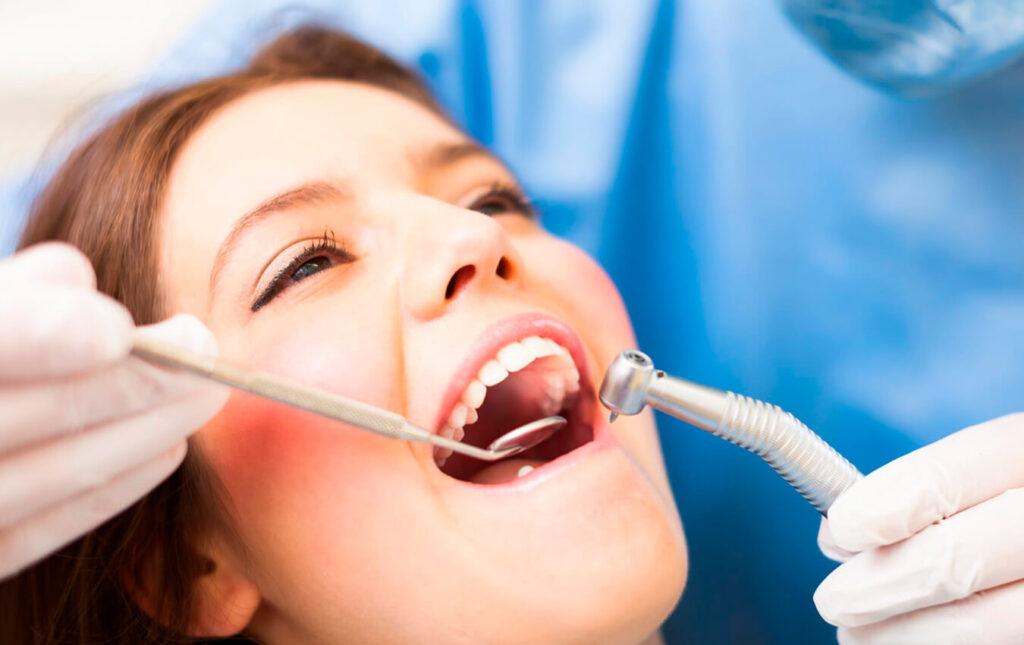
Benefits
• Root canal treatment aims to create an end result where the tissue surrounding the root will continue to be healthy despite the degenerative changes that were undergone by the tooth root.
• Root canal treatment provides the bulk of the clean up work for the body by removing bacteria and tissue irritants that are present inside the tooth.
Who is this procedure for?
- Patients whose tooth nerve tissue has started to degenerate
- Patients with teeth that are causing pain
- Patients with recurring pimples on their gums
- Patients who experience the exposure of a tooth nerve
- Patients with acute tooth abscess.
What happens before the procedure?
Root canal treatment is only performed on numbed teeth. This helps ease the pain and the patient is more relaxed. Once the tooth is numbed, the dentist stretches a sheet of rubber around the tooth. It acts like a dam that keeps the saliva uncontaminated with bacteria while the procedure is being performed.
What happens during the procedure?
The dentist then uses a drill to gain access to the area inside the tooth where the nerve is. A hole is made inside the tooth, down to the pulp chamber. Next, the dentist cleans the pulp chamber and all root canals using instruments that look like small pins – the “root canal files”. The dentist uses the root canal files in an up – and – down twisting motion. This scrapes and scrubs the root canal, cleaning it of debris and bacteria. Periodically the dentist also washes out the tooth to flush away the remaining debris.
Once the tooth is cleaned the dentist uses root canal filling material to fill in and seal up the interior. Some dentists choose to do this on the same day as the root canal treatment, while others choose to wait for about a week. In this case they will use a temporary filling to keep contaminates out until the permanent filling is placed.
What happens after the procedure?
It is very likely that patients will feel their teeth a bit tender after the procedure. Sensitivity is minimized by the use of analgesic and anti – inflammatory medicine. The dentist will instruct the patients on how to chew on the treated teeth.

